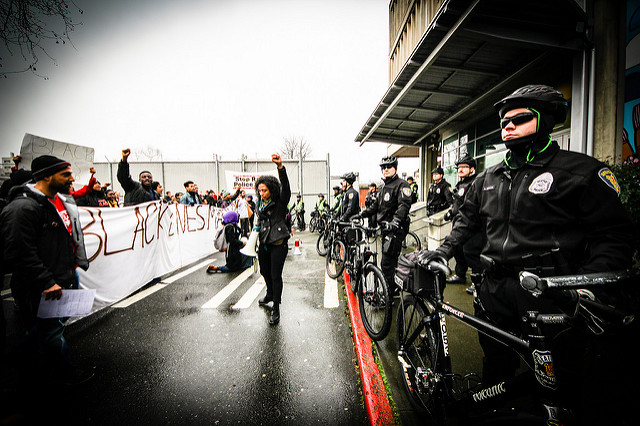***
Tensions between African-American communities and law enforcement continue to rise in the United States. The difficult relationship is further evident in the deep-rooted racial divisions in the public’s view of law enforcement and the criminal justice system. Recent experiences have exacerbated long-standing tensions and widened the gap between these two groups. On April 7, 2017, the University of South Carolina convened a symposium to address one possible solution to bridge the divide between African-American communities and law enforcement: wide-scale restorative justice.
The main objective of the conference was to explore whether restorative justice mechanisms—in particular Truth and Reconciliation Commissions—could help to bridge the divide between African-American communities and the law enforcement officers and agencies that serve these (and other) communities. Can these mechanisms help restore the social fabric? Is a nationwide solution possible and, if so, what would such a solution look like? What type of mechanism would be most appropriate in bridging the divide? How do we move from rhetoric to action? The focus was specifically on this particular divide, which has been at the heart of unrest across the country, with an eye to considering restorative justice as a mechanism for healing and to forge a path forward.
This day-long symposium was free and open to the USC community and to the public.

